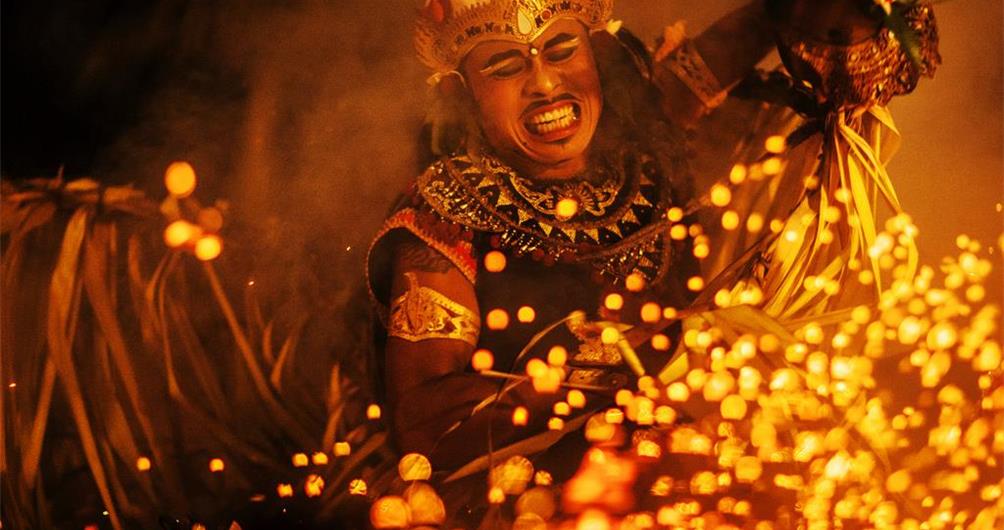Uluwatu & Kecak Fire Dance – Bali, Indonesia
Set on the top of cliff bank in the Southern part of Bali Peninsula, measure around 100 meters above the sea level facing the vast Indian Ocean, Uluwatu, a Balinese Hindu temple, is very well known for its unique architecture and its perfect location for sunset views and on-spot hypnotic Kecak dance performances.
Dating back to the 11th century, Uluwatu Temple, or Pura Luhur Uluwatu, is one of six key temples believed to be Bali’s spiritual pillars. The Balinese Hindus believe that the three divine powers of Brahma, Vishnu, and Siva become one here. That belief results in making Uluwatu temple a place of worship of Siva Rudra, the Balinese Hindu deity of all elements and aspects of life in the universe. It is also dedicated to protecting Bali from evil sea spirits. Despite its old age, the temple’s Balinese architecture, traditionally-designed gateways, and ancient sculptures are still well preserved. A small forest lies at the front and hundreds of monkeys dwell here. They are believed to guard the temple from bad influences.
One of the best things to see at Uluwatu temple is the Kecak fire dance performance, taking place at night from 6.00 to 7.00. Taken from the Hindu epic Ramayana, the Kecak dance tells the story of Prince Rama and his rescue of Princess Sita. A troupe of some 50 bare-chested men, sitting on the ground in a circle, serve as the chorus – and in the middle the drama is unfolding. Two young princes, a demon king, a damsel in distress, a mischievous monkey: they all play their parts in the ring of unceasing cantillation. The only music to accompany them is the beats of their palms hitting their chests, their thighs, or other parts of their bodies, or their claps, rhythmically accompanied by shouting and chanting. Flickering torches provide lighting and an enchanting atmosphere.

